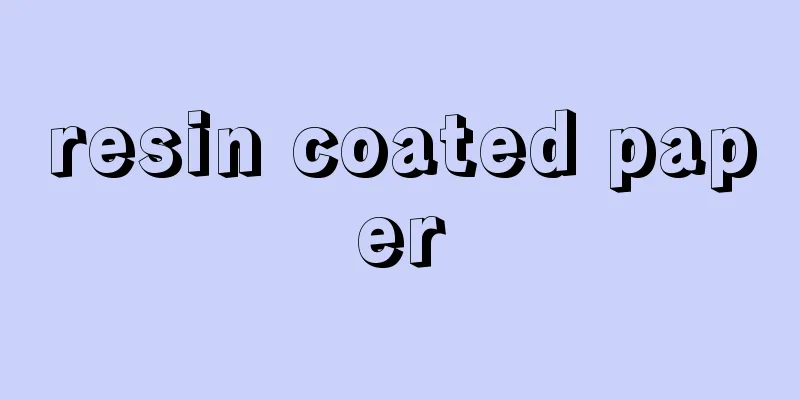Sketch text - Shaseibun

|
A literary term. It applies the concept of "sketching," which depicts an object as it is, to prose writing, and was proposed by Masaoka Shiki in the early 1890s. Initially, it was also called "narrative writing" or "short pieces of writing," and the magazine "Hototogisu" also called for submissions. Works that have been successful include Shiki's "Records of a Small Garden" (1898) and Takahama Kyoshi's "The Kusagusa at Sensoji Temple" (1898). In 1900 (Meiji 33), a group called "Yamakai" began where descriptive writing was read and critiqued, and the attitude was expressed that writing must have a peak (central point). After Shiki's death, in addition to Kyoshi, Samukawa Sokotsu and Sakamoto Shihoda also devoted themselves to the development of descriptive writing, perfecting the colloquial style of descriptive writing. The "Hototogisu" movement also influenced the world of novels, producing masterpieces by sketch writers such as Natsume Soseki's "I Am a Cat" (1905-06) and "Kusamakura" (1906), Kyoshi's "Furyu Senpo" (1907), Ito Sachio's "The Wild Chrysanthemum Grave" (1906), and Nagatsuka Takashi's "Earth" (1910). Torahiko Terada, Miekichi Suzuki, and Yaeko Nogami also started out under the influence of sketch writing. It is also unforgettable that it gave birth to a school of writers known as the "Yoyoha" (relaxed time) school, which was different from naturalistic literature that closely follows life. [Kunihiko Nakajima] "Studies on the Shaseibun School by Kiyoto Fukuda (1972, Meiji Shoin)" Source: Shogakukan Encyclopedia Nipponica About Encyclopedia Nipponica Information | Legend |
|
文芸用語。対象をありのままに写す「写生」の概念を散文に当てはめたもので、明治30年代初頭に正岡子規(まさおかしき)が提唱した。当初「叙事文」「小品文」ともよばれ、雑誌『ホトトギス』でも募集があった。子規『小園の記』(1898)や高浜虚子(きょし)『浅草寺のくさぐさ』(1898)などが収穫。1900年(明治33)から写生文の朗読批評の会「山会(やまかい)」が始まり、文章には山(中心点)がなければならないという態度が示された。子規没後は虚子のほかに、寒川鼠骨(さむかわそこつ)、坂本四方太(さかもとしほうだ)らが写生文の発展に力を注ぎ、口語による写生文体も完成。『ホトトギス』の運動は小説界にも影響し、夏目漱石(そうせき)『吾輩(わがはい)は猫である』(1905~06)、『草枕(くさまくら)』(1906)、虚子『風流懺法(せんぽう)』(1907)、伊藤左千夫(さちお)『野菊の墓』(1906)、長塚節(たかし)『土』(1910)など、写生文派作家の名作を生み出した。寺田寅彦(とらひこ)、鈴木三重吉(みえきち)、野上弥生子(やえこ)らも、写生文の影響下から出発した。人生に肉迫する自然主義文学とは違う、余裕派とよばれる一派を生み出したことも忘れられない。 [中島国彦] 『福田清人著『写生文派の研究』(1972・明治書院)』 出典 小学館 日本大百科全書(ニッポニカ)日本大百科全書(ニッポニカ)について 情報 | 凡例 |
Recommend
Bay of Fundy
A bay located between the southeastern sides of t...
antarvāsa (English spelling)
…It is also called san-neippattsu. The three garm...
Johannes (of Damascus) (English spelling)
...the theologian who was the first to systematic...
Capsa
...It arose toward the end of the Pleistocene, fo...
Norita - Joden
Under the land system of the Ritsuryo system, the...
Grading - Grading
This breeding method, also known as noble breeding...
"Ah, Cruelty" (Novel) - Ah Mujou
...Hugo was also praised by civil rights activist...
Ajiina - Delicious
A legendary figure. A poem that was sent to the fa...
Carbochromen - Carbochromen
…Medicines for treating angina pectoris are also ...
beylerbeyi
...their holders were called alaybeyi (subaşı) an...
Starcevo (English spelling)
… [Prehistoric to ancient times] During the Neoli...
Sedative - sedative
A drug used to relieve the state of excitement ca...
element of sulfur family
…They are also called the oxygen family. Since po...
Upwelling
The phenomenon in which lower seawater rises up. ...
Opportunism
It is translated as opportunism. It refers to not ...









